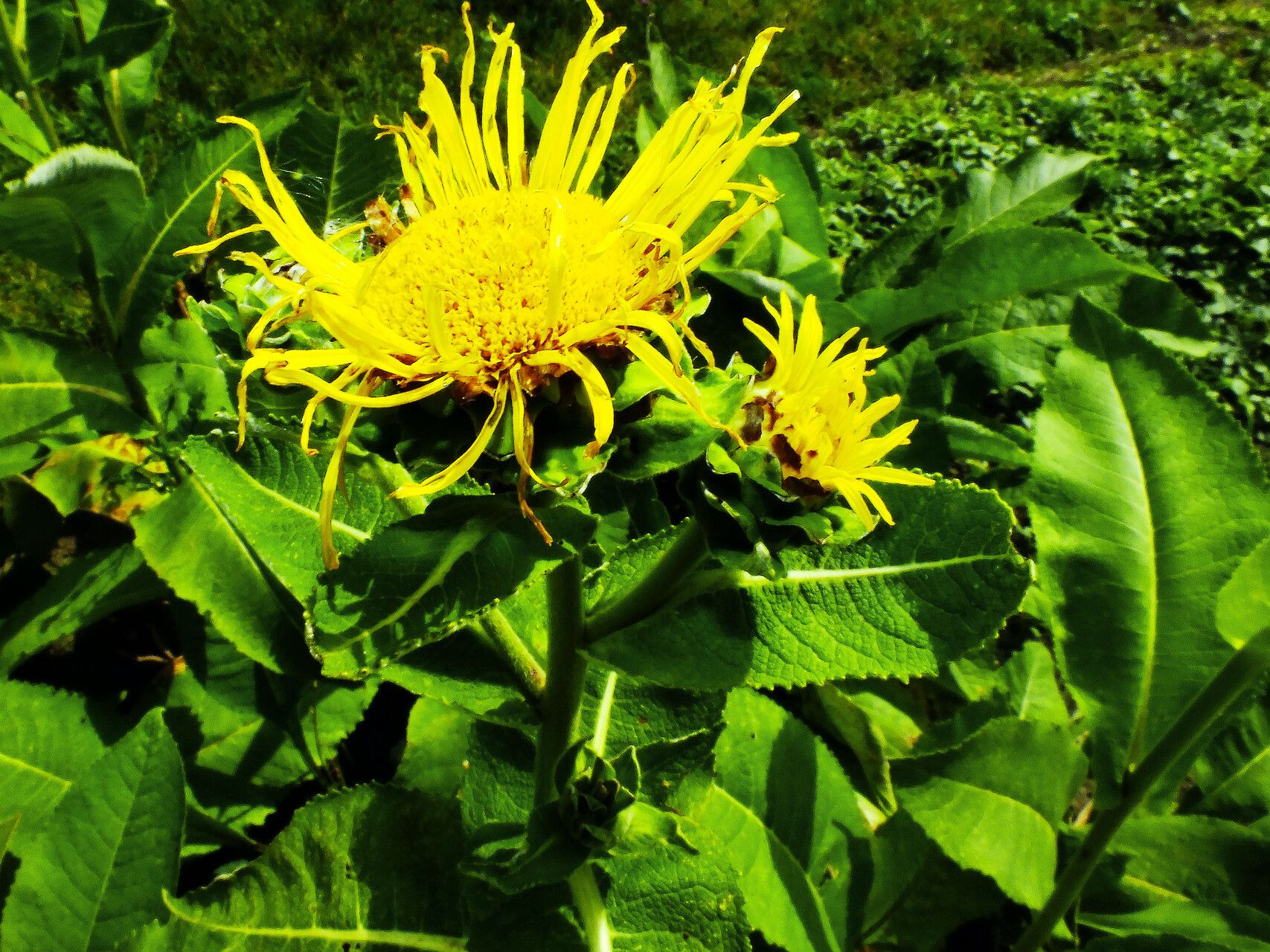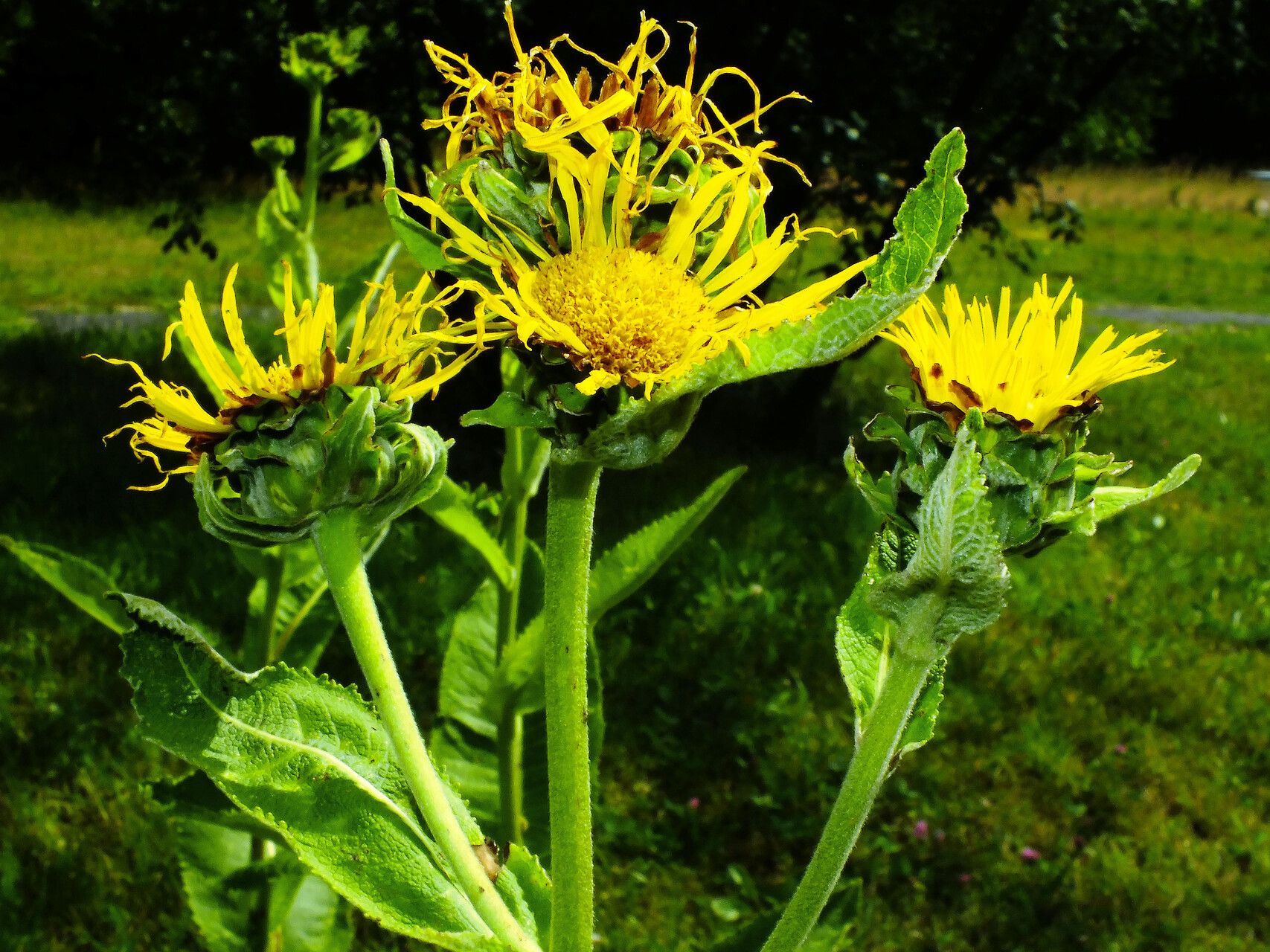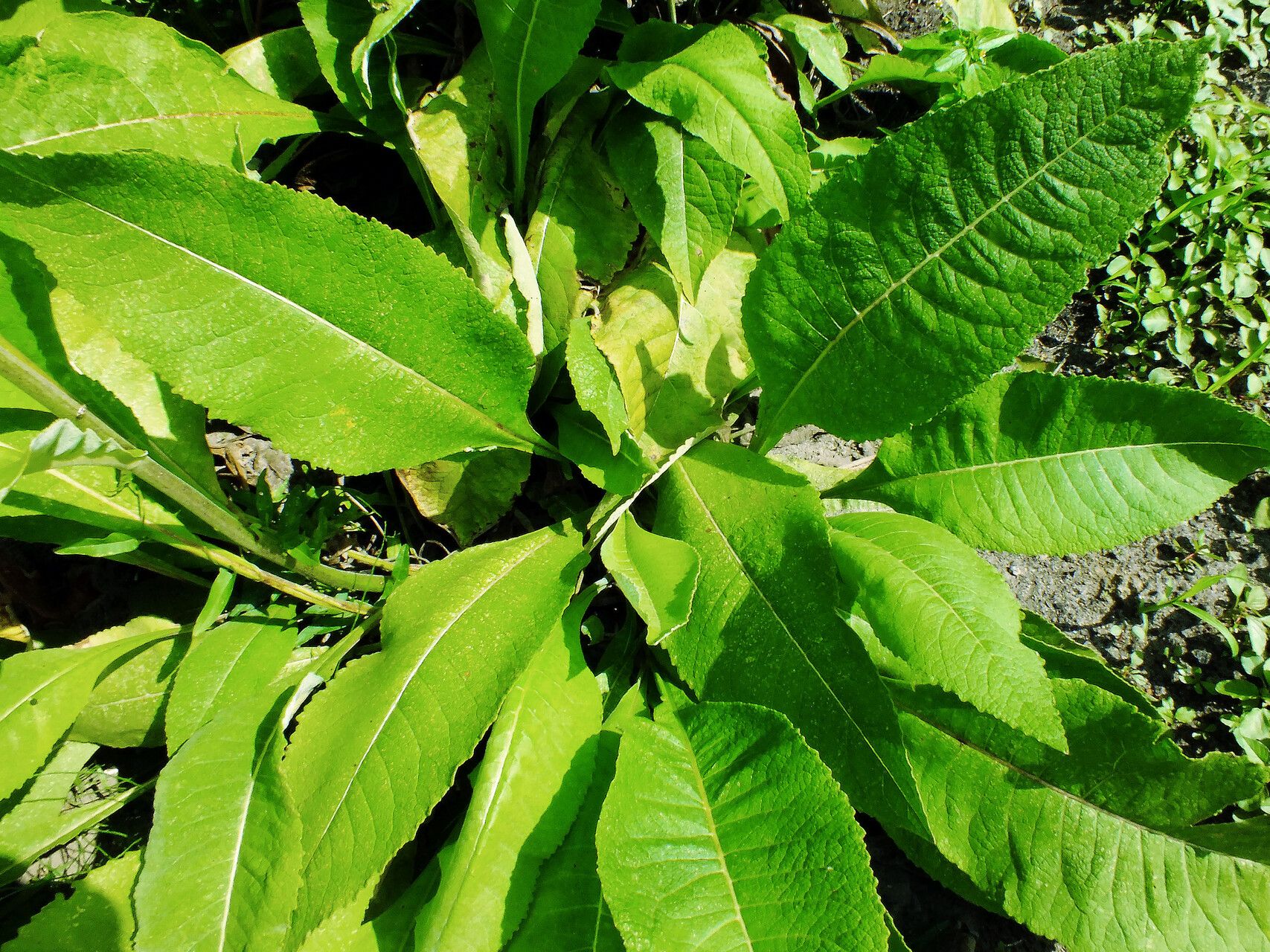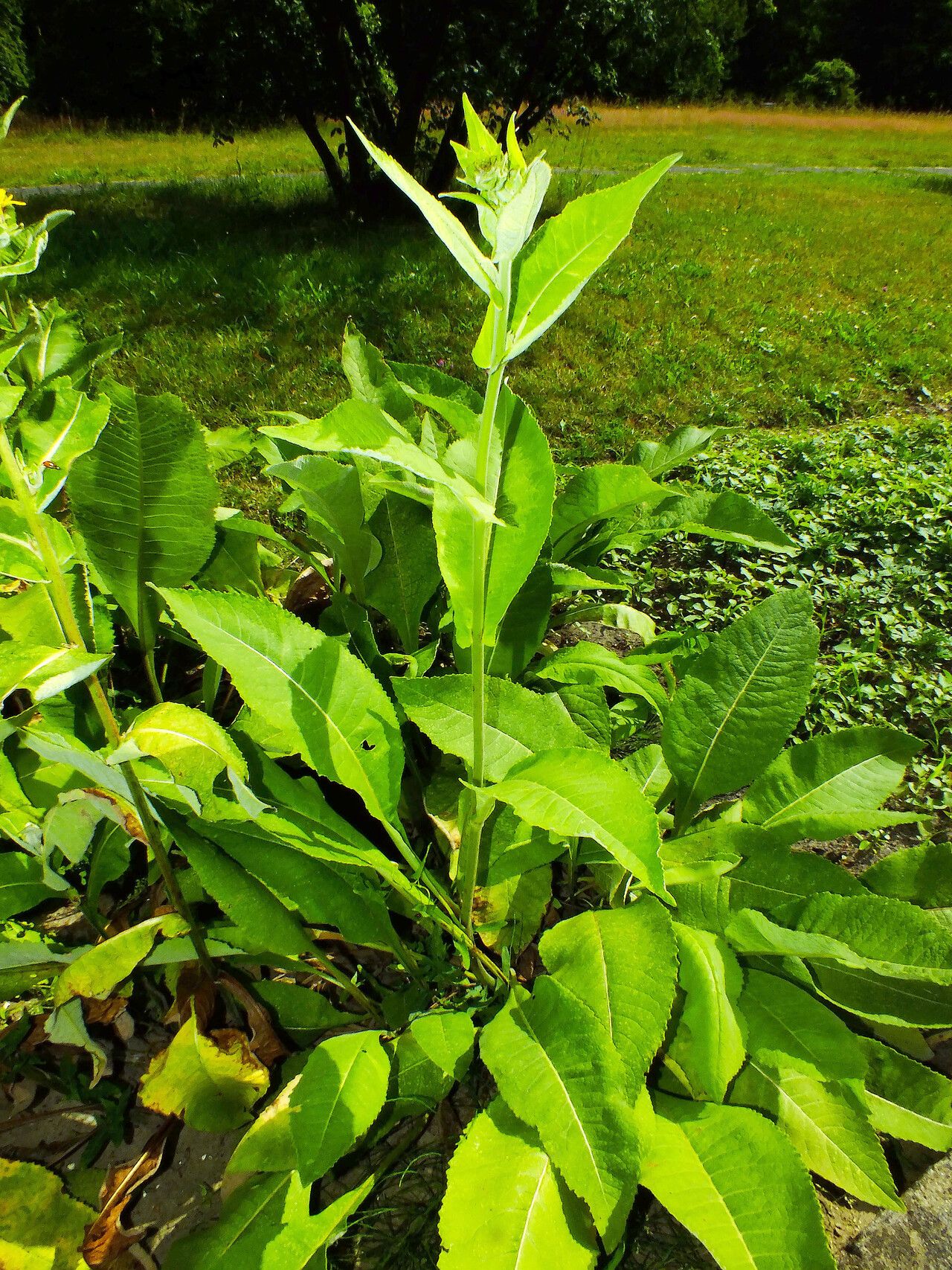Arsylw
Penderfyniad
Penderfyniad arfaethedig
Enw tebygol (Enw wedi'i gyflwyno)
100%Sgôr hyder
Awgrymu penderfyniad arall
Nid ydych yn cytuno â'r rhywogaeth a awgrymir ond nid oes gennych unrhyw awgrym arall
Sylwadau
Data ychwanegol
Dyddiad crëwyd
9 Gor 2024
Diwygiwyd diwethaf
9 Gor 2024
Łódź, Botanical Garden
Synonyms: 'Corvisartia helenium', 'Aster helenium".
It is native to Eurasia from Spain to Xinjiang province in western China, and naturalized in parts of North America.
Ornamental plant.
Edible plant - leaves cooked, rather bitter and aromatic, they were used as a potherb by the ancient Romans but are rarely used at present;
roots candied and eaten as a sweetmeat.
Herbal plant - a very safe herb to use, it is suitable for the old and the young and especially useful when the patient is debilitated; it cleanses toxins from the body, stimulating the immune and digestive systems and treating bacterial and fungal infections; the roots are alterative, anthelmintic, antiseptic, astringent, bitter, cholagogue, demulcent, diaphoretic, diuretic, mildly expectorant, gently stimulant, stomachic, tonic; an extract of the plant is a powerful antiseptic and bactericide, particularly effective against the organism that causes TB; the plant is sometimes recommended as an external wash for skin inflammations and varicose ulcers, but has been known to cause allergic reactions.
Usable plant - a blue dye is obtained from the bruised and macerated root mixed with ashes and whortle erries (Vaccinium myrtillus; the roots yield up to 2% of a camphor-scented essential oil, this is used as a flavouring and medicinally.
Wedi'i rannu yn
Grwpiau (15)







